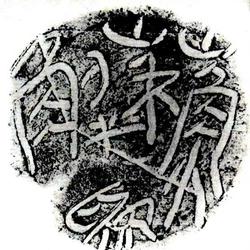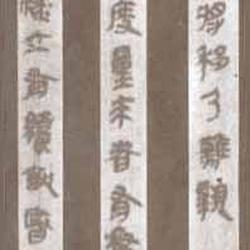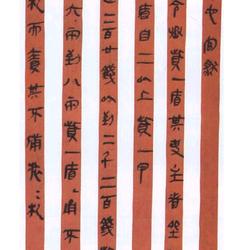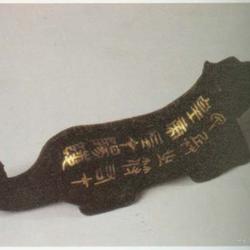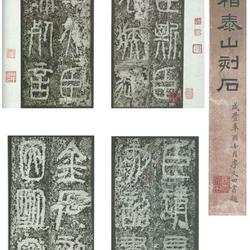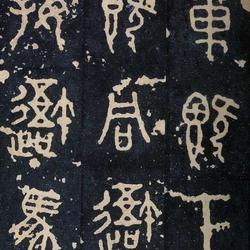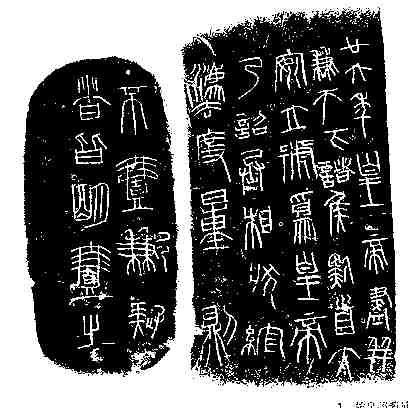

In 221 BC, Qin Shihuang unified the six countries and issued an edict to the whole country in order to unify weights and measures. This edict was either chiselled directly on Quan and Liang (quan is a hammer, and measurement is a liter or bucket), or it was cast directly on Quan and Liang. In most cases, it was made into a thin "edict" and issued. Used everywhere, this is the "Qin Zhao Edition".
It is said that the Qin Zhao was originally written by Li Si, but considering the countless powers in the country, the inscriptions on it certainly could not have been written by one person. In addition, officials are by no means as respectful to their subordinates as they are to the emperor. Therefore, contrary to the "Taishan Stone Carvings", although there are some serious and neat inscriptions in the Qin imperial edict, most of them have rows, no horizontal lines, and different font sizes. Well-proportioned, vivid and natural. The more straightforward ones, in the hands of migrant workers, may lack pens and paintings, or may be arbitrarily simplified. Although they are illegal, they give people an innocent and childish aesthetic feeling.

